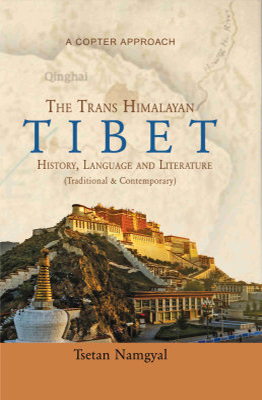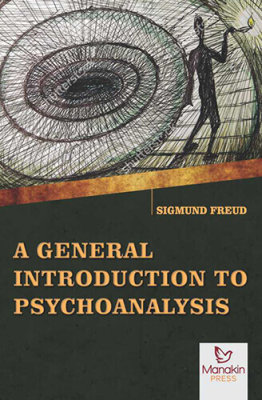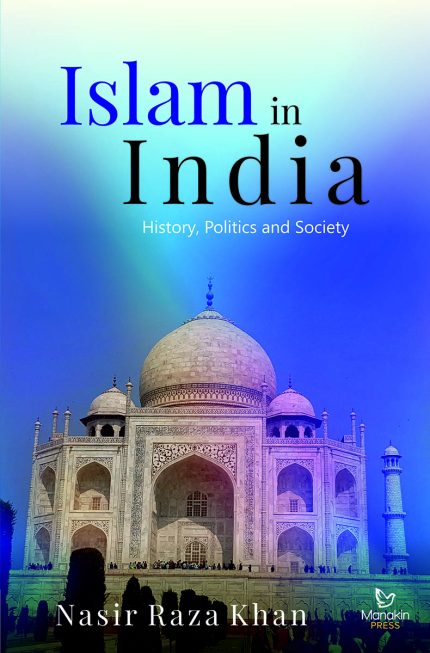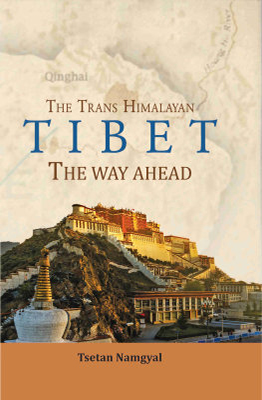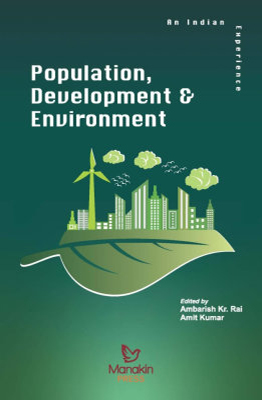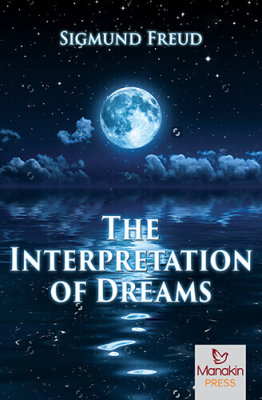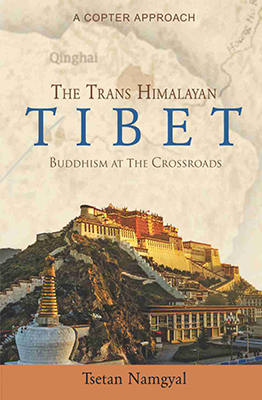The Trans Himalayan Tibet: History, Language and Literature (Volume 1)
₹3,495.00
Tsetan Namgyal | Category: Social Science
Binding Type: Hard Binding
Book Details
ISBN: 9789384370176
YOP: 2016
Pages: 287
Order also on
After 1951, the 17 Point Agreement between Tibet and China in the Trans Himalayan Tibet became the Tibet Autonomous Region (TAR) of Peoples Republic of China (PRC) through graceful political absorption. Numerous publications on the pros and cons of the events have already come in the market but it demands a wholesome approach. The book edited in volumes is composed of authors from national and international levels who have focused on these matters from the Copter approach in order to reach the fact.
The people of Trans Himalayans are not of the common stock. Their multiple speeches leave room for language diversity in communication traits. In the course of time, consolidation of the people in monarchy (600 A.D.-650A.D.) attempts for integration started. Traditions record the venture with reference to the personality of the great monarch and minister ‘Srong Tsen Gampo’ and ‘Thonmi Sambhota’ an elucidated scholar. Later on, plurality in communication traits becomes systematize to great extend. This volume deals with this range of various issues.
(A) LANGUAGE AND GRAMMAR
1. Concept of Tibetan Language, Tibetan Language Teaching and Learning Process
2. Threading the Word Garland as a Rosary (Snyan nag)
3. Classical Tibetan Grammar (Ratnashrīdipīkā)
4. Alexander Csoma de Kőrös and the Tibetan Language: On Responsibility of Preservation and Transmission of the Buddhist Scriptures
5. Bhoti: The Classical Language of the Himalayas
(B) CULTURE AND LITERARY STUDIES
1. Folklore and Music: A Case Study of Western Tibet (Ladakh)
2. The Buddhist Hymns in Tibetan Literature, 8th–14th Century
3. Importance of Tibetan Studies in the Time Context: Past and Contemporary
4. An Anothological Annotation of Dhammapada’s Chapters of Twin Verses (Chos kyi tshigs bcad pa bam po danpo)
5. Influence of Persian Identity on Tibetan Culture
(C) POLITICAL HISTORY AND BIOGRAPHY
1. Maps and Territory in the 1950s: The Writing of the Dan tig dkar chag—A Guide to Dan tig Monastery
2. Some Observations on the Book: Bod ljongs kyi lo rgyus go bab dpyad zhib stod cha, Comment on the Historical Study of Tibet Vol. I
3. The Train Journey of A Tibetan Pilgrim Monk in India in 1924, Based on His Biography
4. Mipham’s Advice for a King: Chapter One and Two of “The Ornament of The King: A Treatise of Royal Guidance”
(D) PHILOSOPHICAL LITERATURE
1. Epistemology of Nonduality: Tsongkhapa and Gorampa on the Nature of Nondual Knowledge in Madhyamaka
2. An Assessment of Buddhist Logical Literature (gtan tshig gi bstan bcos) in Tibetan Language
3. Development of Five Great Buddhist Spheres of Learning in Tibet: A Perspective (bhot-du-rignes chewa nga dargay jung- tsul- kor- leng wa)
4. Madhayamaka Philosophy (dbu ma pa’i lugs) according to ‘Sa skya pa’ Tradition of Tibetan Buddhism
Glossary
Abbreviations
Index
After 1951, the 17 Point Agreement between Tibet and China in the Trans Himalayan Tibet became the Tibet Autonomous Region (TAR) of Peoples Republic of China (PRC) through graceful political absorption. Numerous publications on the pros and cons of the events have already come in the market but it demands a wholesome approach. The book edited in volumes is composed of authors from national and international levels who have focused on these matters from the Copter approach in order to reach the fact.
The people of Trans Himalayans are not of the common stock. Their multiple speeches leave room for language diversity in communication traits. In the course of time, consolidation of the people in monarchy (600 A.D.-650A.D.) attempts for integration started. Traditions record the venture with reference to the personality of the great monarch and minister ‘Srong Tsen Gampo’ and ‘Thonmi Sambhota’ an elucidated scholar. Later on, plurality in communication traits becomes systematize to great extend. This volume deals with this range of various issues.
(A) LANGUAGE AND GRAMMAR
1. Concept of Tibetan Language, Tibetan Language Teaching and Learning Process
2. Threading the Word Garland as a Rosary (Snyan nag)
3. Classical Tibetan Grammar (Ratnashrīdipīkā)
4. Alexander Csoma de Kőrös and the Tibetan Language: On Responsibility of Preservation and Transmission of the Buddhist Scriptures
5. Bhoti: The Classical Language of the Himalayas
(B) CULTURE AND LITERARY STUDIES
1. Folklore and Music: A Case Study of Western Tibet (Ladakh)
2. The Buddhist Hymns in Tibetan Literature, 8th–14th Century
3. Importance of Tibetan Studies in the Time Context: Past and Contemporary
4. An Anothological Annotation of Dhammapada’s Chapters of Twin Verses (Chos kyi tshigs bcad pa bam po danpo)
5. Influence of Persian Identity on Tibetan Culture
(C) POLITICAL HISTORY AND BIOGRAPHY
1. Maps and Territory in the 1950s: The Writing of the Dan tig dkar chag—A Guide to Dan tig Monastery
2. Some Observations on the Book: Bod ljongs kyi lo rgyus go bab dpyad zhib stod cha, Comment on the Historical Study of Tibet Vol. I
3. The Train Journey of A Tibetan Pilgrim Monk in India in 1924, Based on His Biography
4. Mipham’s Advice for a King: Chapter One and Two of “The Ornament of The King: A Treatise of Royal Guidance”
(D) PHILOSOPHICAL LITERATURE
1. Epistemology of Nonduality: Tsongkhapa and Gorampa on the Nature of Nondual Knowledge in Madhyamaka
2. An Assessment of Buddhist Logical Literature (gtan tshig gi bstan bcos) in Tibetan Language
3. Development of Five Great Buddhist Spheres of Learning in Tibet: A Perspective (bhot-du-rignes chewa nga dargay jung- tsul- kor- leng wa)
4. Madhayamaka Philosophy (dbu ma pa’i lugs) according to ‘Sa skya pa’ Tradition of Tibetan Buddhism
Glossary
Abbreviations
Index
| Weight | 0.845 kg |
|---|---|
| Dimensions | 24.3 × 16.5 × 3.5 cm |
| yop |
2016 |
| subject-category |
Social Science |
| isbn |
9789384370176 |

